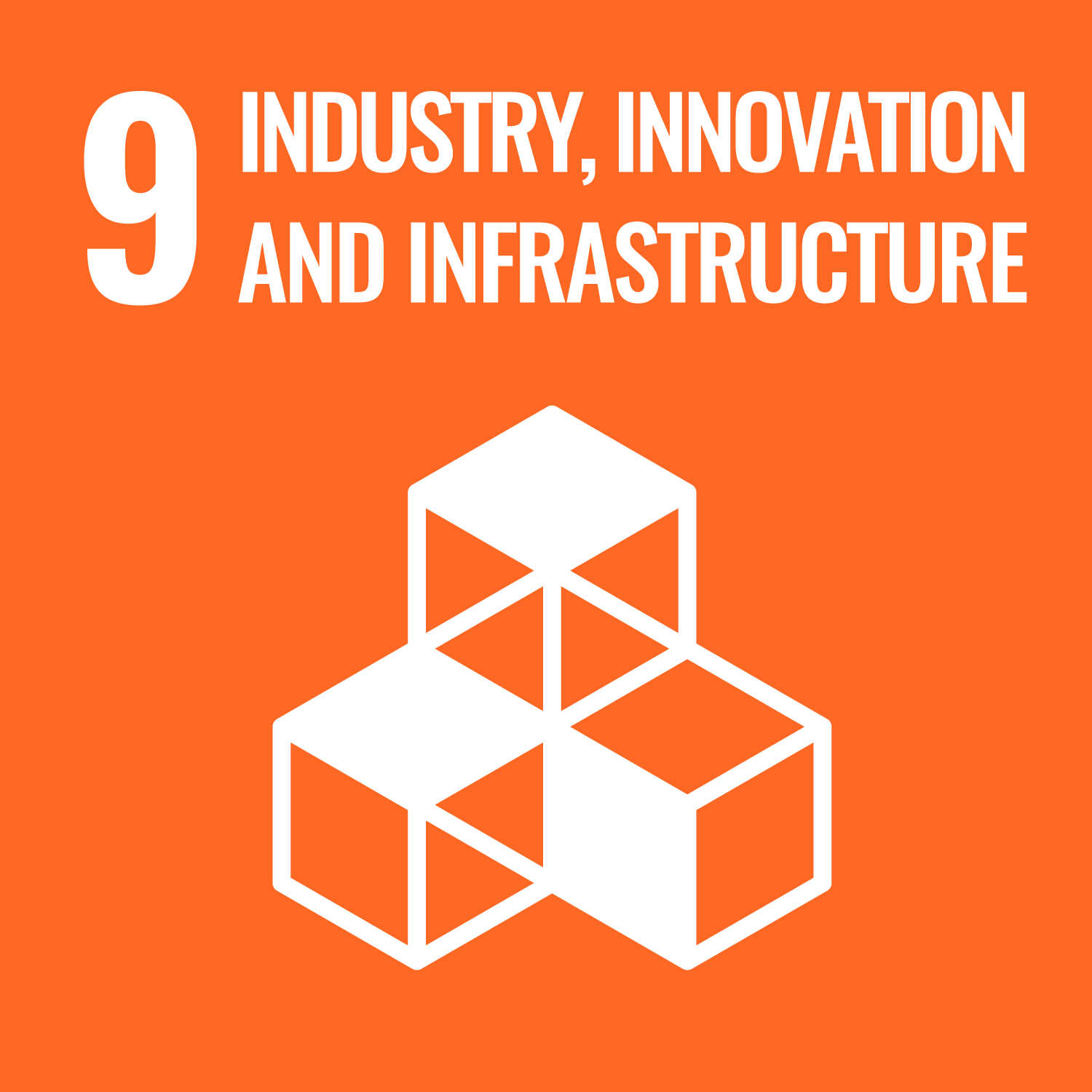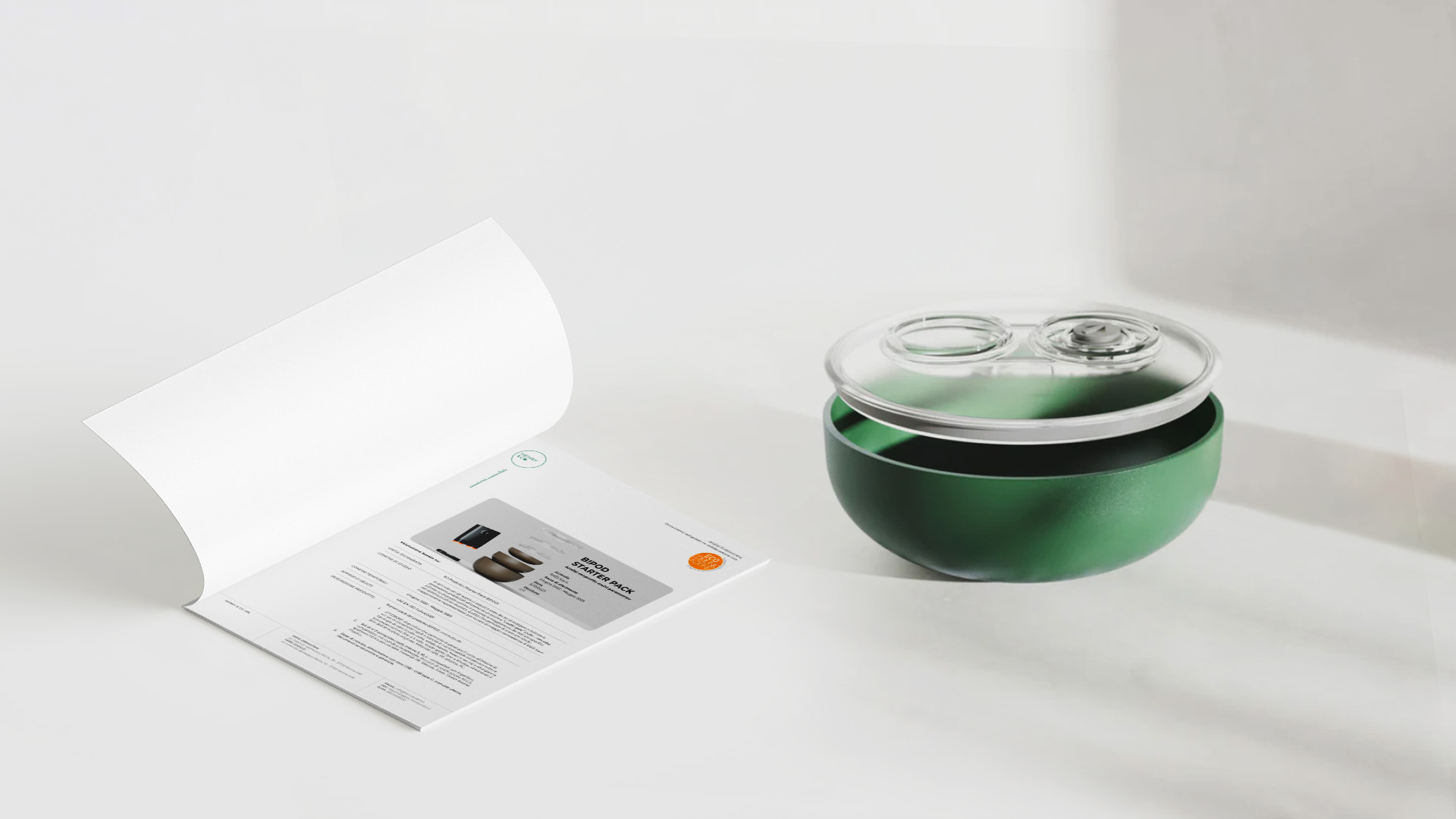Challenge
Studying the lifecycle impact of the B!POD system, the vacuum device for extending the shelf life of food.
Result
Life Cycle Assessment, Circularity Analysis
Client:
EcoComunicazione Srl | SAES Getters SpA
SDGs
B!POD is the new device from SAES Getters S.p.a., designed with the aim of combating food waste by extending the shelf life of food.
The design, production, and assembly of the device are carried out in Italy: the system consists of a Droid device and containers of various sizes for food storage. Despite its small size, the B!POD Droid is capable of removing 95% of the oxygen present in food containers in just 30 seconds. This feature has quickly attracted media attention, landing B!POD in the headlines of magazines like Wired Italia and among the solutions promoted by the famous influencer Cucina Botanica.
EcoComunicazione, a supplier of SAES Getters S.p.a., engaged HENRY & CO. for the calculation of the Life Cycle Assessment (LCA) and the circularity index of B!POD.
B!POD is an innovative device for vacuum food storage. It was designed to ensure longer shelf life for food, thus reducing waste.
HENRY & CO., specializing in environmental assessments, conducted a Life Cycle Assessment (LCA) of the device to identify and measure the environmental impacts associated with its production, use, and disposal.
The initial phase of the project involved an interview with B!POD designers and manufacturers. The purpose was to gain a deep understanding of the product’s technical specifications, materials used, and production processes. After establishing a solid understanding of the product, HENRY & CO. gathered detailed data regarding materials, production processes, transportation and distribution, use, and end-of-life.
Using the information collected, a mathematical model was created to represent the entire life cycle of B!POD. This made it possible to quantify potential environmental impacts at each stage. The model allowed the calculation of total potential impacts, with breakdowns by category: water use, greenhouse gas emissions, natural resource use, etc.
The calculation revealed that the “Material” category (representing all material components that contribute to the creation of the product) had the greatest impact overall.
In addition to the LCA, HENRY & CO. conducted further in-depth research:
• End-of-Life Scenario: Various disposal scenarios were analyzed. The calculation helped determine the best practices to reduce the product’s impact at the end of its life.
• Comparison with Traditional System: A comparison was made between the B!POD system and the traditional bag-based preservation system. It was found that although B!POD has an initial material footprint, it performs better environmentally in the long term compared to traditional bags.
• Circularity Analysis: To determine the circularity of the B!POD system, the circularity index was calculated according to the UNI/TS 11820 approach.
The overall result returned a global circularity index of 57.81%, with optimal results for the category “Human resources, assets, policy, and sustainability” (91.67%).
The results of the calculations were reworked for communication by EcoComunicazione, which produced a booklet titled “Environmental Profile 2024”.
Thanks to the Life Cycle Assessment of the device conducted by HENRY & CO., it was possible to gain a clear view of the environmental impacts of B!POD and the opportunities to further reduce its ecological footprint.
In the field of extending food shelf life, B!POD represents not only an efficient solution but also an environmentally responsible one.





